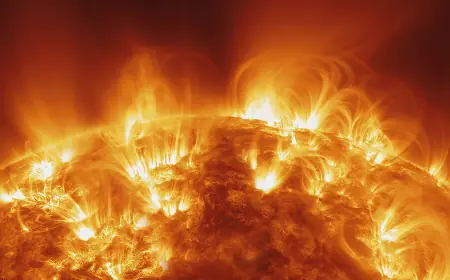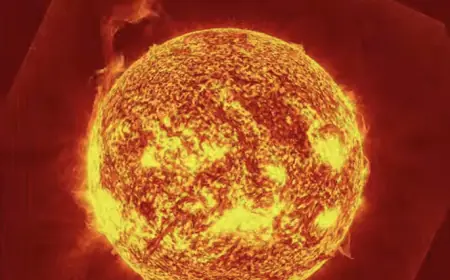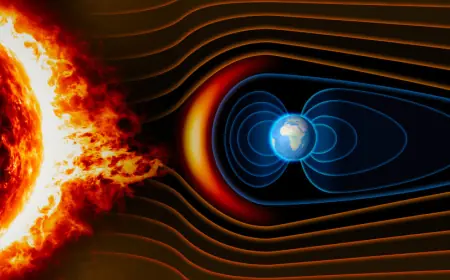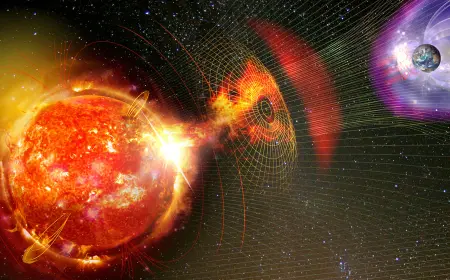Scientists: Powerful Geomagnetic Storms May Occur on Earth in the Coming Years
Although solar activity is expected to peak in 2025 and then gradually decline over the next four years, powerful solar flares and resulting geomagnetic storms on Earth may still occur during this period. This was stated by Sergey Bogachev, head of the Solar Astronomy Laboratory at the Space Research Institute of the Russian Academy of Sciences, in an interview with RIA Novosti.
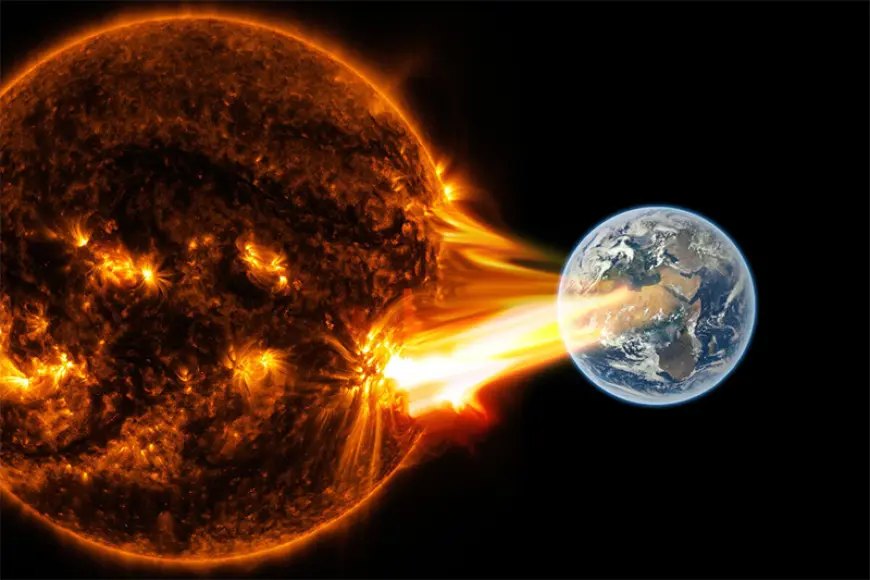
“The solar cycle will gradually decline over about four years. However, during this time, unexpected and very strong events — intense flares and magnetic storms — are possible,” Bogachev noted.
According to the scientist, such anomalies have occurred in the past. For example, the strongest solar flare of the 21st century took place in 2003 — two years after the cycle’s peak. In the following cycle, a record-breaking flare was recorded in 2017 — three years after its maximum.
Bogachev compared solar cycles to Earth’s weather patterns: just as snow can unexpectedly fall in May, unusual solar flares can occur even as overall activity declines. He added that truly "quiet" periods typically last only two or three years. In the current 25th solar cycle, the calmest years are expected to be 2029–2030, and possibly part of 2031.
Solar activity directly affects the performance of satellites, power systems, and even human health. For this reason, scientists from Perm Polytechnic University and the Polytechnic School have developed a unique model that can predict solar cycles up to 11 years in advance. This was reported by the university’s press service to Gazeta.ru.
According to the head of the project, PNRPU master’s student Georgy Tashkinov, the model can recreate 11-year solar activity cycles with more than 90% accuracy, based on historical data from the past 40–50 years.
